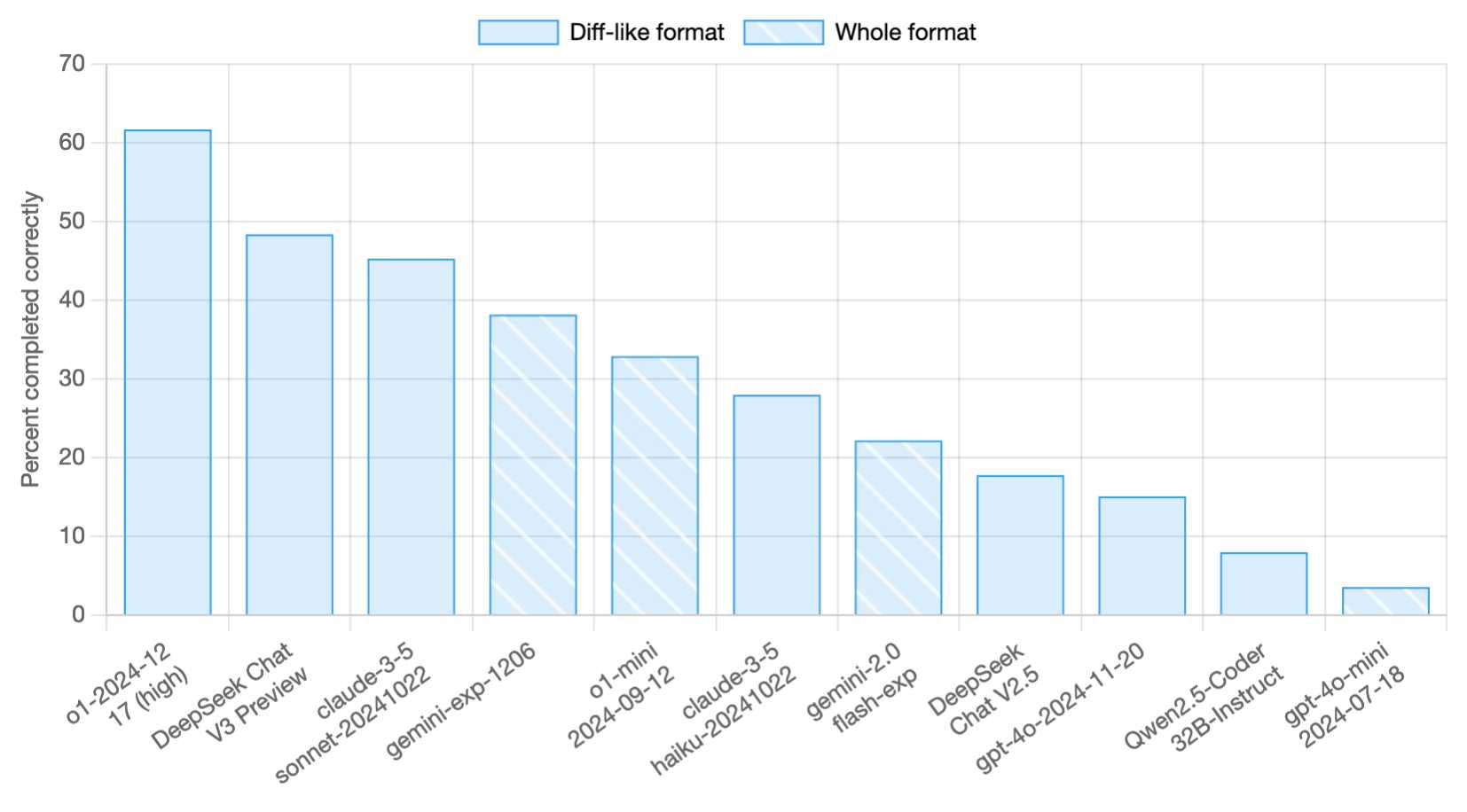
Modestyproductions
Add a review FollowOverview
-
Founded Date December 31, 1988
-
Sectors Healthcare
-
Posted Jobs 0
-
Viewed 22
Company Description
China’s Cheap, Open AI Model DeepSeek Thrills Scientists

These models create responses step-by-step, in a procedure comparable to human reasoning. This makes them more proficient than earlier language designs at fixing clinical problems, and indicates they might be helpful in research. Initial tests of R1, launched on 20 January, show that its efficiency on specific jobs in chemistry, mathematics and coding is on a par with that of o1 – which wowed researchers when it was by OpenAI in September.

“This is wild and totally unexpected,” Elvis Saravia, an artificial intelligence (AI) scientist and co-founder of the UK-based AI consulting company DAIR.AI, wrote on X.
R1 sticks out for another factor. DeepSeek, the start-up in Hangzhou that developed the model, has released it as ‘open-weight’, indicating that scientists can study and develop on the algorithm. Published under an MIT licence, the model can be easily recycled but is not thought about completely open source, since its training data have not been provided.
“The openness of DeepSeek is rather exceptional,” says Mario Krenn, leader of the Artificial Scientist Lab at limit Planck Institute for the Science of Light in Erlangen, Germany. By comparison, o1 and other designs developed by OpenAI in San Francisco, California, including its latest effort, o3, are “essentially black boxes”, he says.AI hallucinations can’t be stopped – but these methods can limit their damage
DeepSeek hasn’t released the complete expense of training R1, however it is charging people utilizing its user interface around one-thirtieth of what o1 costs to run. The firm has actually also created mini ‘distilled’ versions of R1 to enable researchers with limited computing power to play with the model. An “experiment that cost more than ₤ 300 [US$ 370] with o1, cost less than $10 with R1,” says Krenn. “This is a dramatic distinction which will definitely contribute in its future adoption.”
Challenge models
R1 is part of a boom in Chinese large language designs (LLMs). Spun off a hedge fund, DeepSeek emerged from relative obscurity last month when it launched a chatbot called V3, which surpassed major rivals, in spite of being developed on a small budget. Experts approximate that it cost around $6 million to lease the hardware needed to train the design, compared with upwards of $60 million for Meta’s Llama 3.1 405B, which used 11 times the computing resources.
Part of the buzz around DeepSeek is that it has actually prospered in making R1 despite US export manages that limit Chinese companies’ access to the very best computer system chips created for AI processing. “The truth that it comes out of China reveals that being efficient with your resources matters more than calculate scale alone,” states François Chollet, an AI scientist in Seattle, Washington.
DeepSeek’s development recommends that “the viewed lead [that the] US once had actually has actually narrowed significantly”, Alvin Wang Graylin, an innovation specialist in Bellevue, Washington, who works at the Taiwan-based immersive technology company HTC, composed on X. “The 2 nations require to pursue a collaborative technique to structure advanced AI vs advancing the current no-win arms-race method.”
Chain of idea
LLMs train on billions of samples of text, snipping them into word-parts, called tokens, and finding out patterns in the data. These associations enable the design to predict subsequent tokens in a sentence. But LLMs are prone to developing realities, a phenomenon called hallucination, and often struggle to reason through issues.


